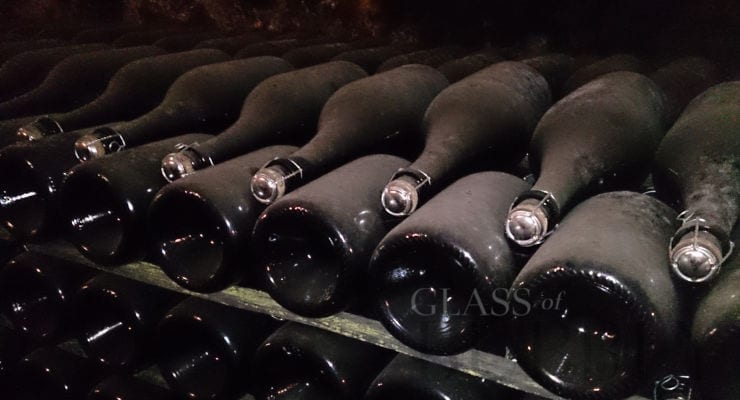The evolution of e-signatures
Consider how drafting contracts has changed over time. 4,000 years ago the first international treaty between the Egyptians and the Hittites around 1300BCE was carved into rock. In 1776 the process was advanced by using a beautifully calligraphed parchment for the United States’ Declaration of Independence. And the invention of laser printing in 1969 made it simple to clearly print documents for signature to finalise transactions.
And as contracts have changed and evolved, so too have signatures.
If a signature is required in order to give evidence of a signer’s intent, whether it be carved into rock, stamped with a wax seal or scribbled on a printed dotted line, the need for a signature has endured. However its form has changed and evolved to reflect today’s digital environment.
Now in the 21st century e-signatures are taking hold, allowing professionals working in the property sector to benefit from the efficiency gains they offer. The key point is that under a new EU regulation that came into force earlier this year, electronically signed documents are as legally binding as paper based signatures.
The method of physically signing documents can be problematic for all involved. For lettings, it can involve tenants finding the time during their working day to visit an office – increasingly landlords now abroad and can’t physically sign the tenancy – and in the case of students, their guarantors are often parents who live in far corners of the UK or abroad.
Of course, there’s always the option of emailing the signing page, faxing or even posting it. However waiting for it to be returned signed can take days or even weeks.
Adopting electronic signatures simplifies the entire process, freeing you from having to dedicate a portion of your day to educating tenants. Relevant documents can be instantly sent electronically to all parties, allowing them to read through the paperwork and sign to confirm they’ve understood the content – as well as giving them the opportunity to raise questions before they move in.
Landlords can benefit as well. They no longer need visit your office to sign the ever-increasing number of documents and certificates required by law. These can be swiftly and easily sent, signed, completed and returned within the same day.
When it comes to sales, we’re finding e-signatures are coming into their own during the offer stage after a viewing.
Increasing numbers of agents now get potential buyers to complete an offer form and provide the relevant information to the vendor (eg. whether or not they have a mortgage in principle, contact details for their broker and lawyer) to help them make an informed decision about accepting or rejecting an offer.
Block viewings can result in as many as six different offer forms lodged electronically – and to have those in front of you as you speak to the vendor makes the process and gives interested parties an equal chance of putting forward their information at the same time. And as vendors may not live together – even live locally – electronic signatures remove the need for them to visit the office.
When it comes to finalising contracts ask yourself – can your signer be relied on to have access to a printer and a scanner? Can their schedule accommodate visits to your office? Can admin time spent organising paperwork be reduced?
The development of electronic signatures could be your solution.
Author: Olly Culverhouse, CEO, Signable (https://www.signable.co.uk)









